| Let’s be clear about one thing. I am not a vegetarian, and I don’t aspire to be a vegetarian, but I do understand why more and more people today do not eat meat – and for a multitude of very good reasons. As one who has enjoyed cooking and entertaining for many years, and as one who seems to be accumulating more and more vegetarian friends, preparing meatless menus has become almost routine. Italians in general love their meat, but Italian cuisine abounds with vegetarian choices – assuming, of course that fish, seafood, and dairy products are permissible (and I will be making those assumptions in this blog). In fact, I counted 143 vegetarian recipes posted on my web site alone, although not all of them are Italian. Nevertheless, there are sufficient candidates in every recipe category to easily prepare a multi-course Italian vegetarian feast. Well, almost! | FEATURED RECIPE |
You may be thinking at his point (actually, you probably should be thinking at this point): How could this possibly be important?
Normally, it wouldn’t be, but I have been invited to help plan and prepare a multi-course Italian dinner for several dozen people – including several with known dietary preferences and restrictions. The event will be a celebratory banquet for the invitees and their guests. To maintain an appropriate level of formality, I prefer not to serve completely different plates for each course. I prefer that everyone – vegetarian or not – enjoy essentially the same meal – except for the second plate (secondo piatto), which even in Italy is almost always a choice of meat or fish.
Italian Wedding Soup quickly became my primary choice for a soup. I have served it to groups before. It is very popular, easy to make in larger quantities, and allows me the opportunity to serve my all-time favorite cheese – freshly grated Parmigiano-Reggiano cheese. It is, however, clearly not vegetarian.
It seemed reasonable that I could eliminate the pork meatballs and substitute commercial vegetable stock for the chicken stock. Since I would be purchasing my first vegetable stock (ever), I had no way of knowing whether flavors differed from brand to brand. It turns out that, at least among the three I sampled, the flavors vary rather dramatically (at least in the opinion of a non-vegetarian). For the record, the three brands I sampled were College Inn, Swanson’s (Vegetable Broth, not Stock), and Pacific Organic. The first two had similar flavors that I found to be very pleasant. I found the Pacific Organic to be almost distasteful, however – definitely not acceptable for my soup experiment. It was also almost twice the price of the other two.
While both the College Inn and Swanson broths provided an excellent start, I still hoped that adding fresh chopped vegetables would “freshen” their somewhat muted vegetable flavors. I added chopped sweet onion to the recipe for some extra insurance this would happen. I was not disappointed. The vegetables, ceci (chick, garbanzo) beans, and a little salt and pepper helped create an amazingly similar – but vegetarian – version of the traditional Italian Wedding Soup.
Vegetarian or not, I hope you’ll try it some time.
Buon appertito.
P.S. You may find the other menu items of interest. In addition to freshly baked Ciabatta and Italian Extra Virgin Olive Oil, Zucchini Carpaccio will be served as the antipasta course. After the soup, the prima piatto will be Cheese Ravioli served with browned butter and sage sauce, and crushed Almond Cookies. The secondo piatto will be a choice of Porchetta (subject of a future blog), Wisconsin Walleye (probably served with bass), or Eggplant Parmigiano – all served with green beans or asparagus. Cassata, another of my favorites, will be prepared as the dolce (dessert).
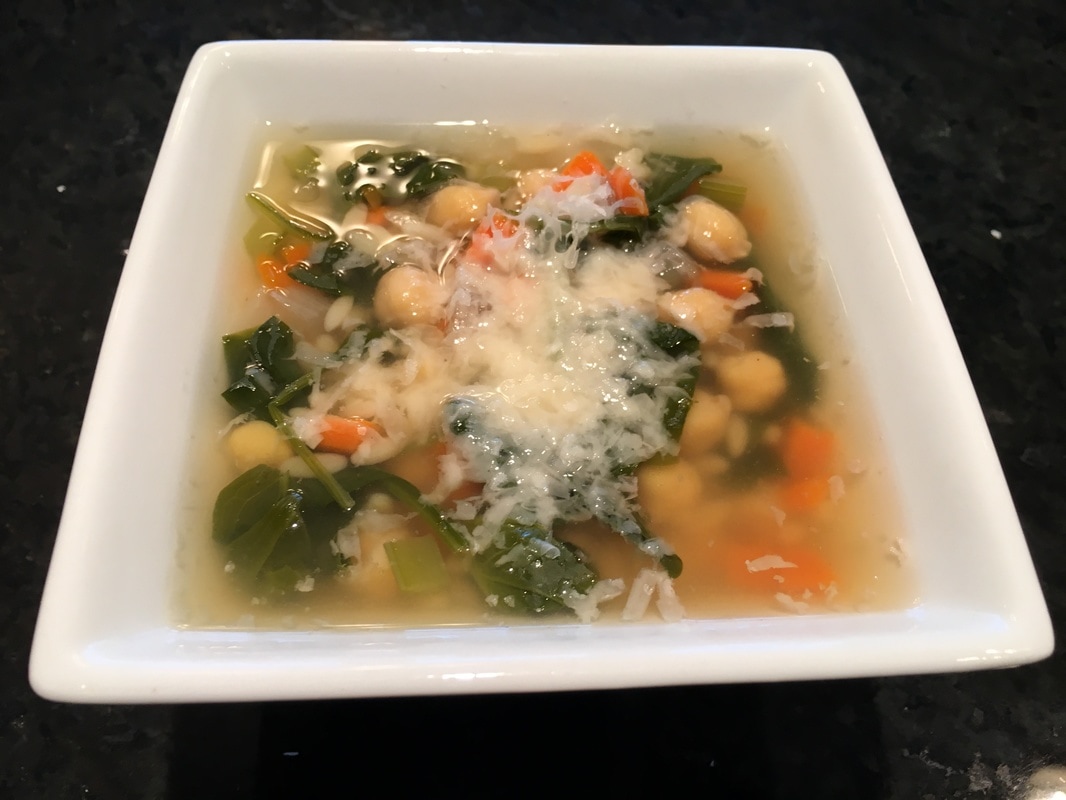
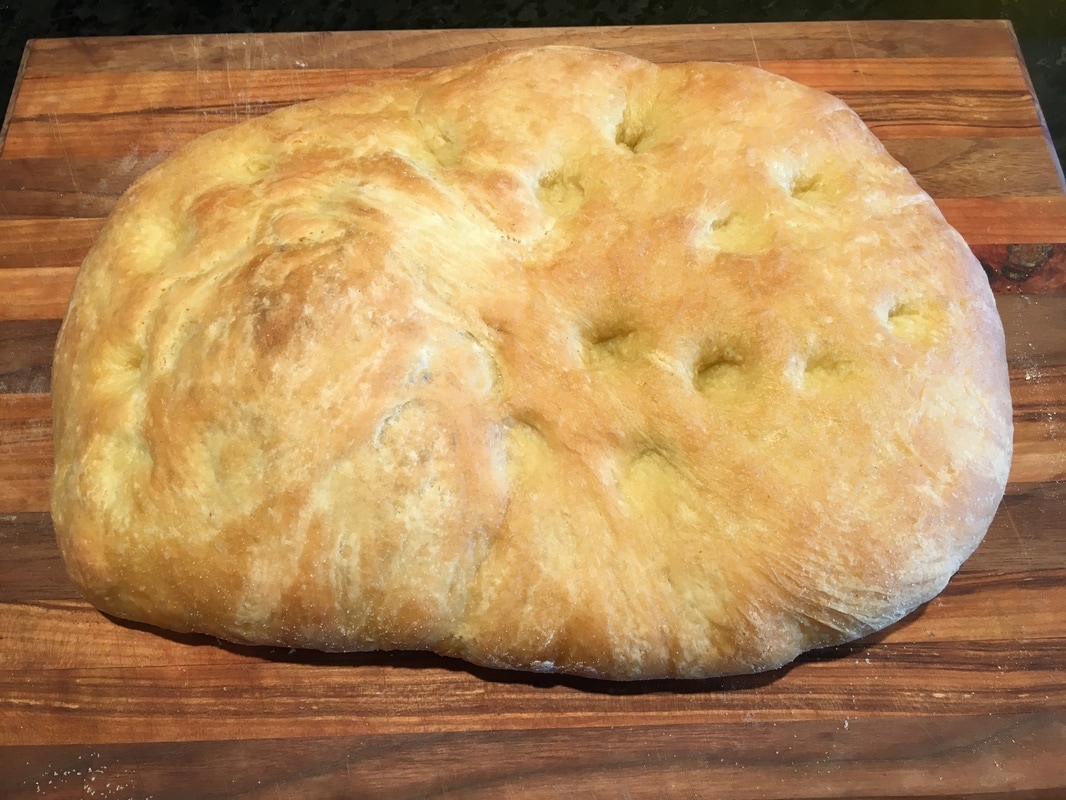

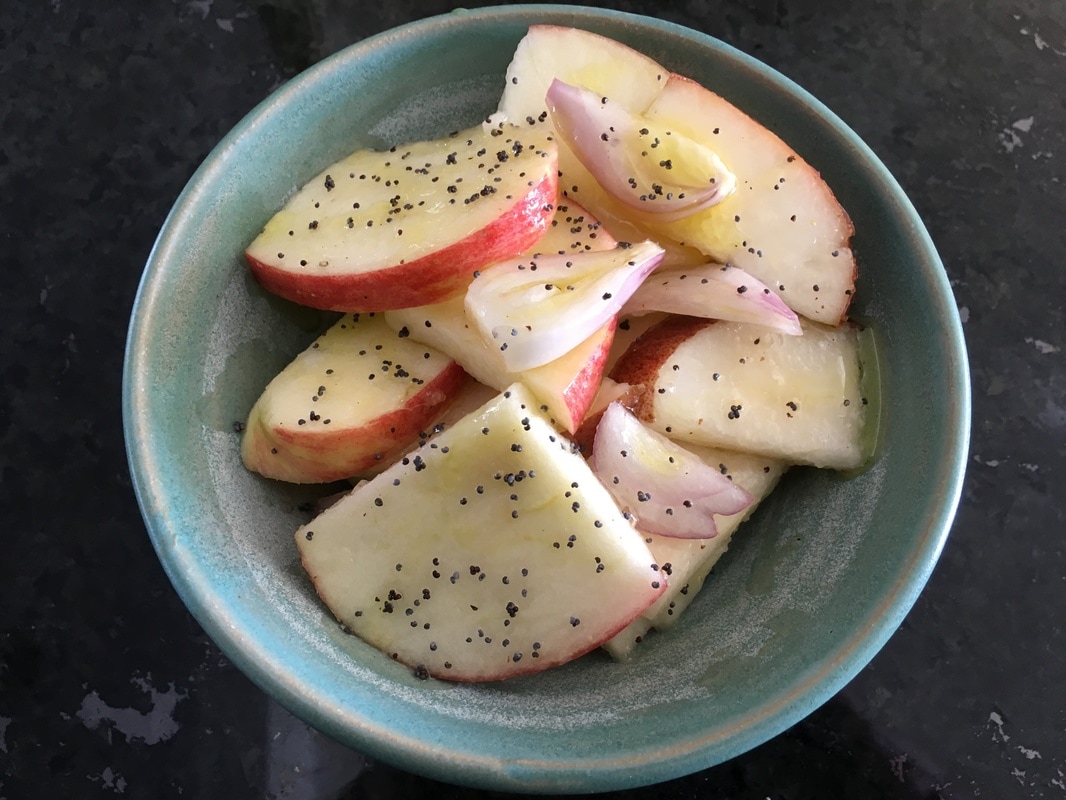
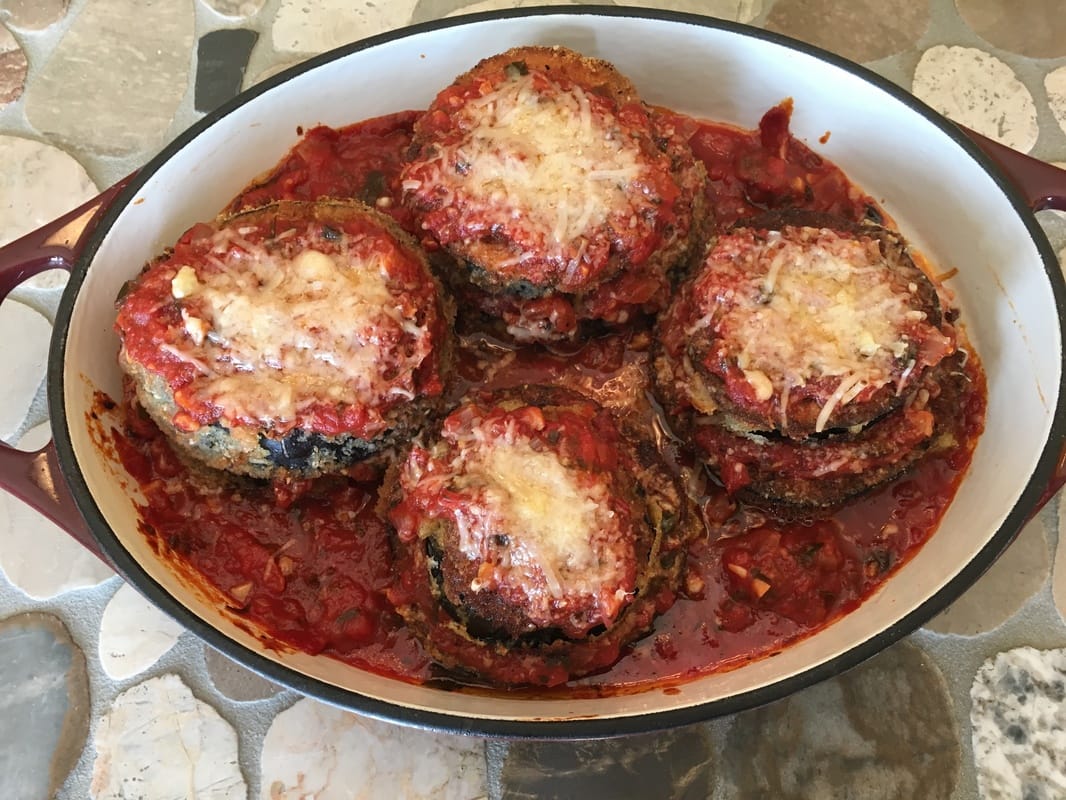

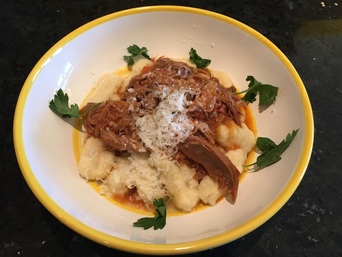
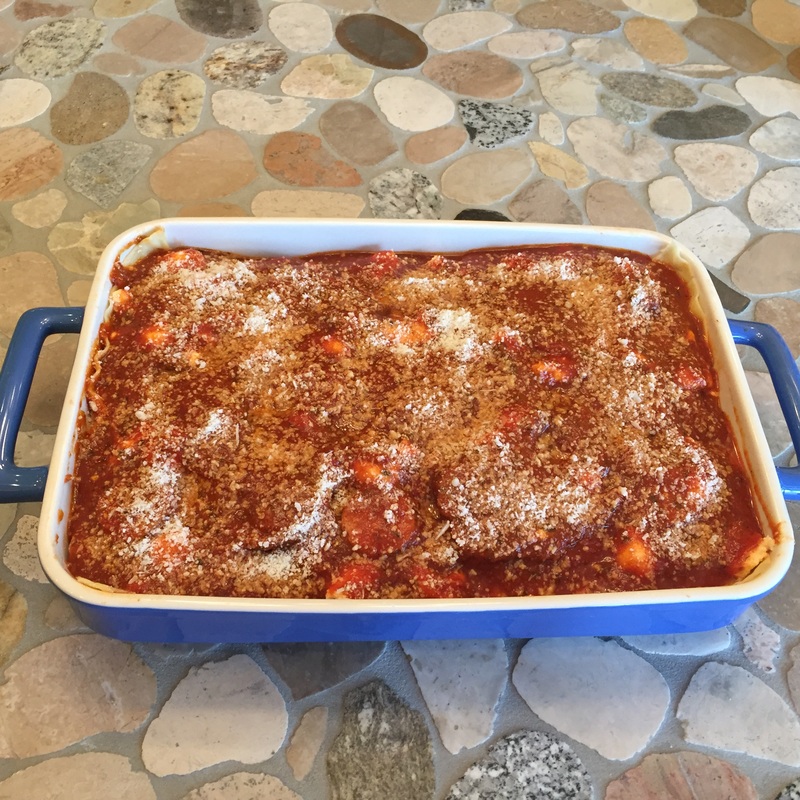
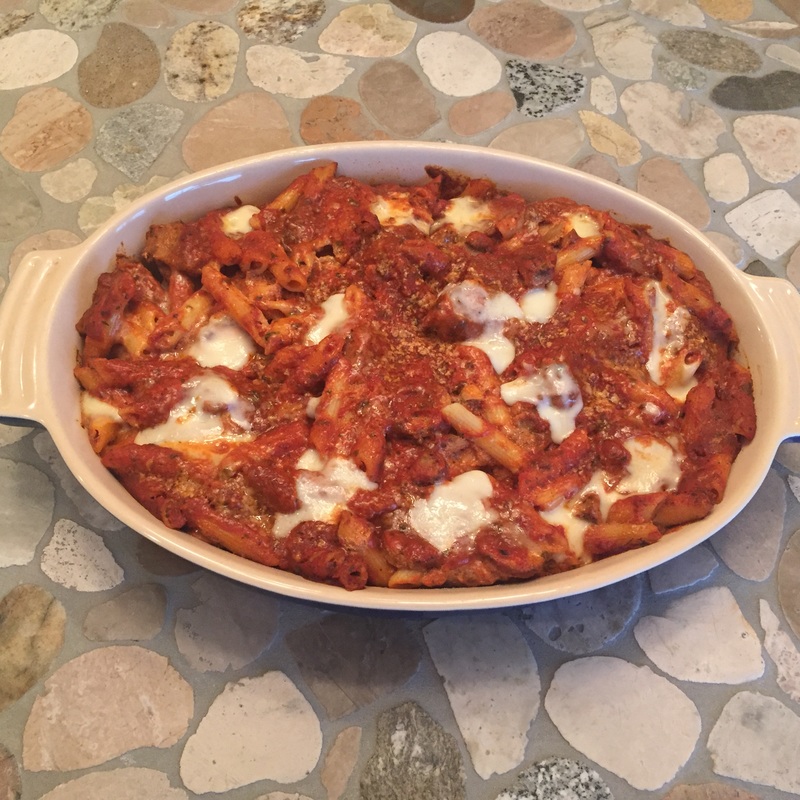
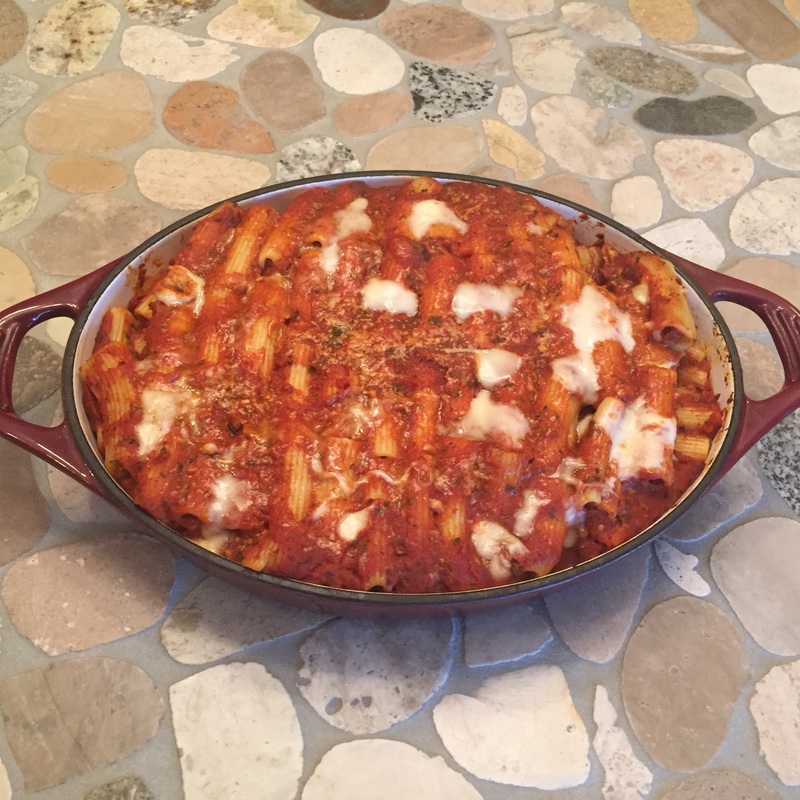
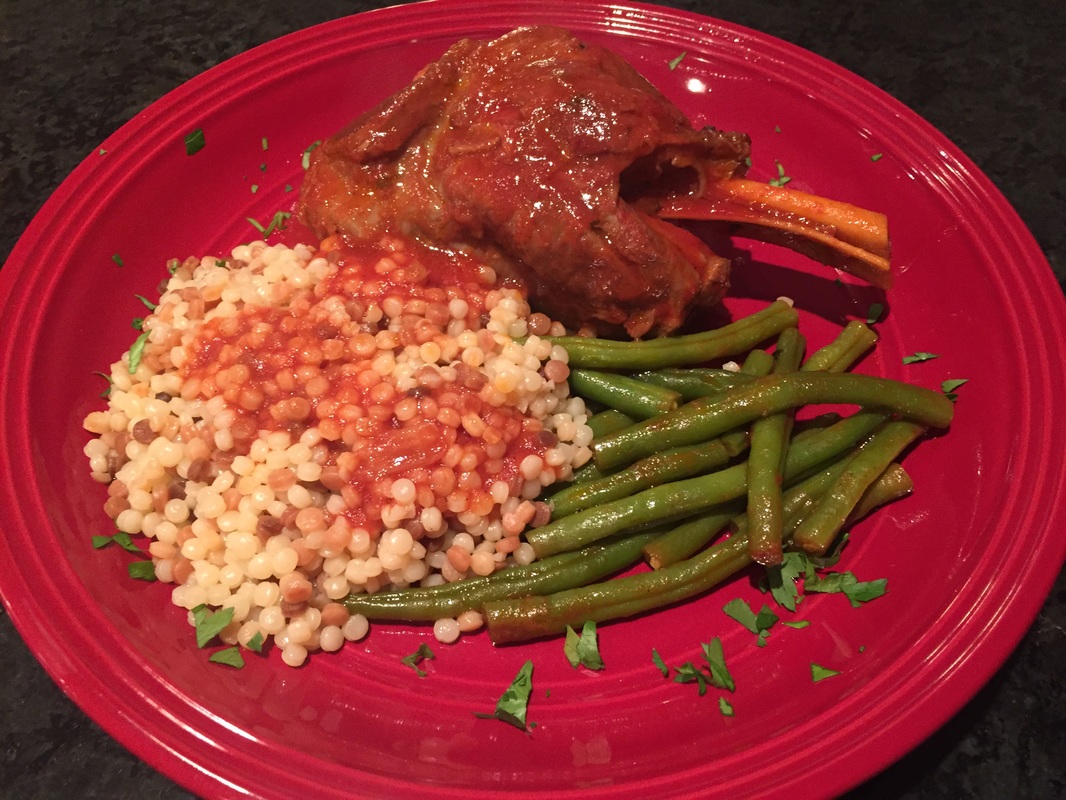


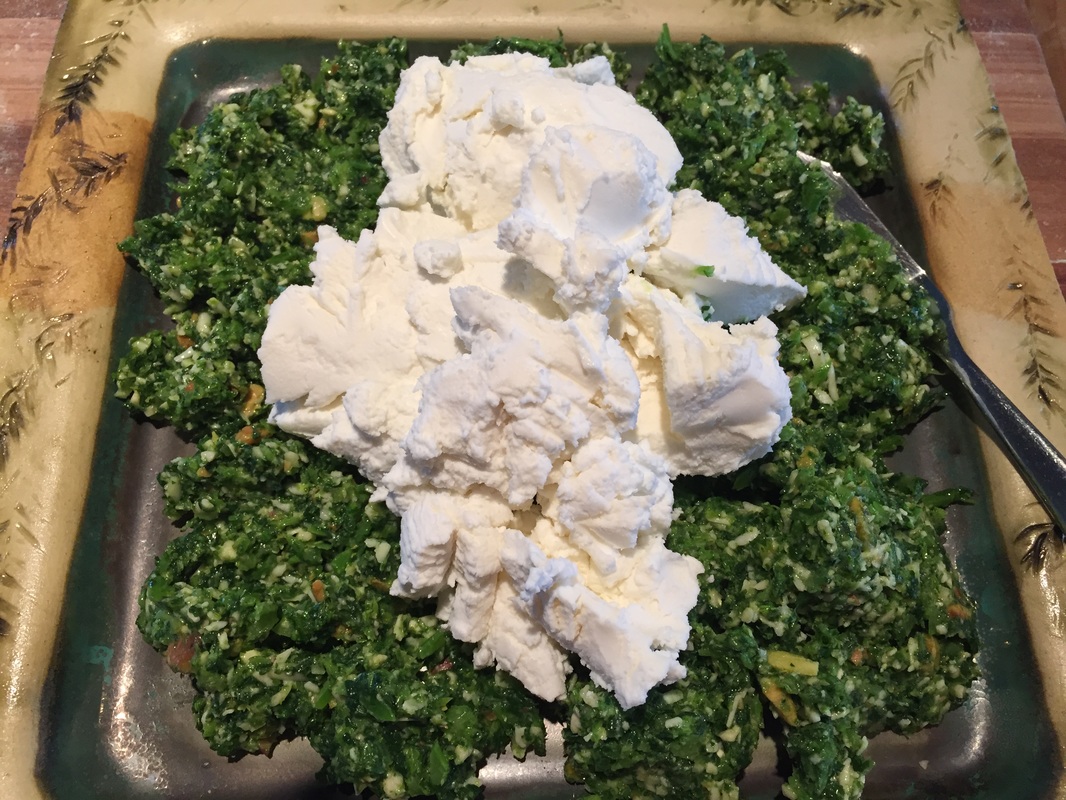
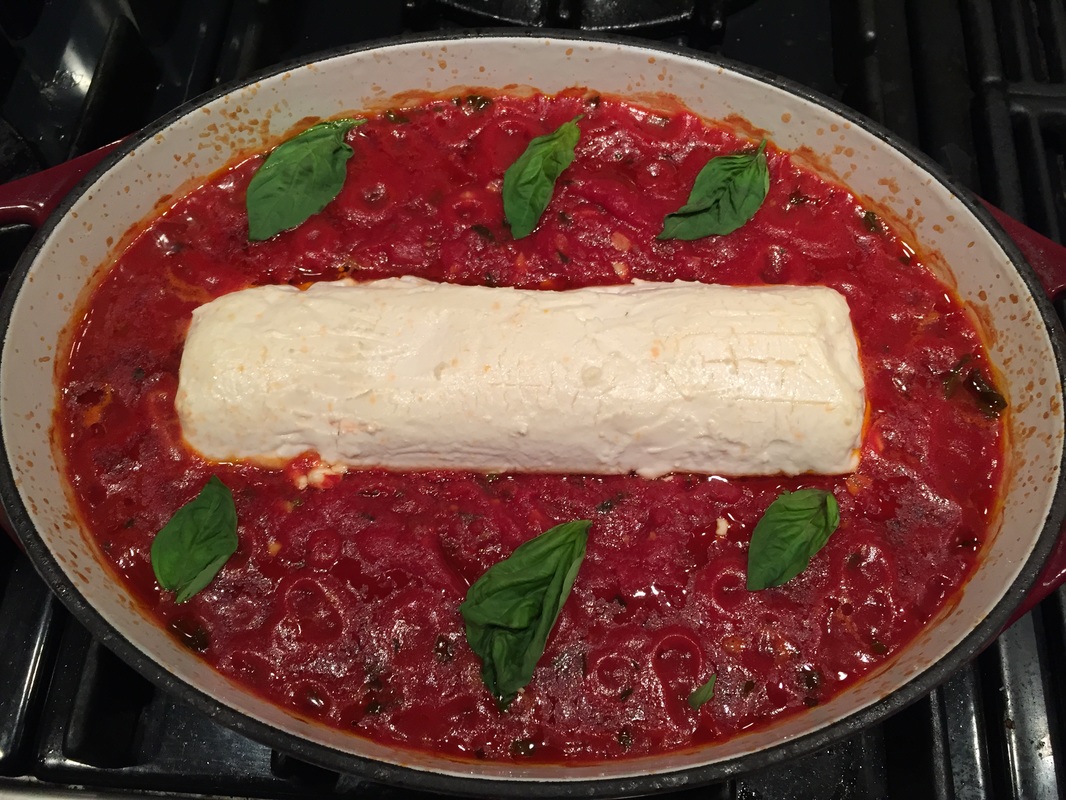




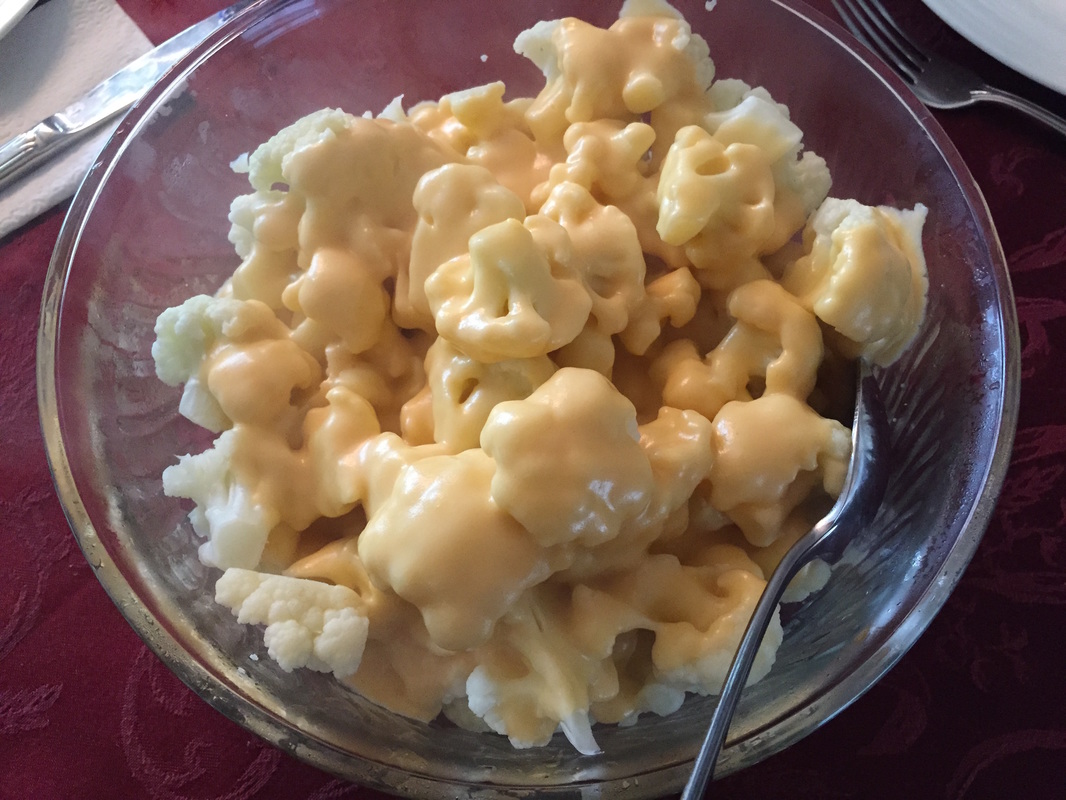
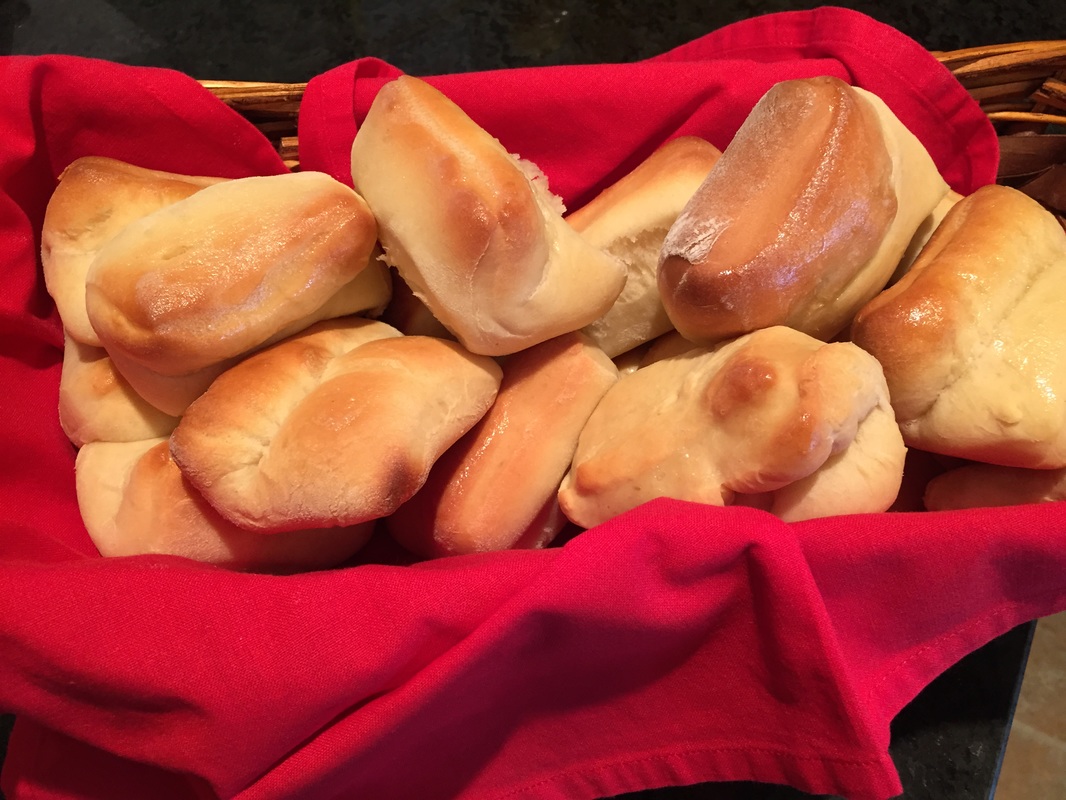
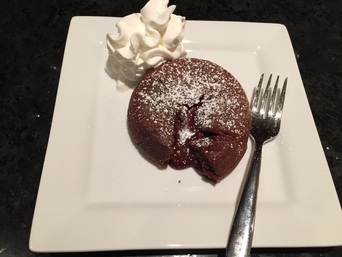
 RSS Feed
RSS Feed